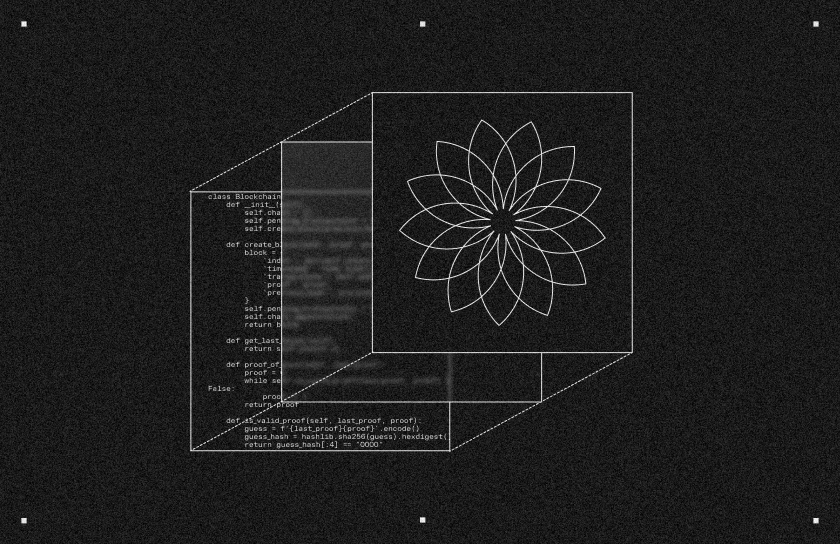
The software development landscape has undergone a significant transformation over the years, particularly in how applications are designed and where their value is derived.
Initially, the focus was primarily on the back end—the server-side powerhouse for software functionalities. As the industry evolved, the importance of the front-end layer and user experience to attract new users and generate revenue streams increased.
Software in the Beginning
In the early years of software development, the core value of software applications, hence, their developers’ revenue source, was centered around the back-end functionalities. Developers relied on closed-source APIs to secure their solutions and revenue against competitors.
In the early stages of software development, the boundaries between back-end and front-end layers were blurred, with developers often wearing both hats simultaneously. Therefore, users were unfamiliar with the term "client" as they did not see a distinction between different aspects of software.

However, over time, the back-end and front-end layers have progressively become more distinct from each other.
Frontend Economy in Web2
With the growing significance of user experience and brand identity in the software development industry, including the finance sector, there has been a gradual shift towards prioritizing the frontend layer.
This shift is exemplified in the financial industry by the emergence of neobanks, which are basically tech companies offering seamless user experience of banking services through interfaces built upon a shared back-end with banks.

For example, Chime, the leading neobank in the US, has successfully drawn in 20 million users by developing an intuitive user interface that operates on the back-end infrastructure of The Bancorp Bank, N.A. Compared to the bank's main interface, they offer a smoother and more satisfying banking experience, including managing savings and checking accounts.
This situation benefits all entities involved in a software application.
- Back-end Service Provider: A company can outsource the frontend implementation and create competition among designers and developers to provide the smoothest and easy-to-entry channel to expand its user base without the extra work.
- Frontend Service Provider: Developers and designers can create new businesses by building front-ends on top of large tech verticals’ brack-ends, leveraging their skills to provide simple and smooth user experiences to generate revenue.
- End Users: Since the frontend layer's selling point and value proposition is user experience, end users will get the chance to interact with interfaces with the best experience.
Nonetheless, the frontend economy was still limited due to the private and isolated infrastructure of the old web's back-end. This means that not every developer or design team could freely build their front end or client on top of some company’s back end.
This is precisely what blockchain disrupts.
Blockchain: Democratizing the Frontend Economy
Thanks to the distributed and open infrastructure of blockchain, it is now possible for anyone to build their own front end on top of protocols deployed on blockchain networks.
This opens up new opportunities for all front-end designers and developers to aggregate and call a protocol’s functionalities freely and monetize by offering an abstracted user experience.

In addition to the enhanced user experience, the situation offers another benefit: freedom. Due to the permissionless nature of such interfaces, if a user loses access to one, they can easily switch to another, ensuring there's always an alternative available.
For example, if you can no longer access the main interface of a lending protocol like Liquidity.app for whatever reason, you can switch to alternatives like DeFisave.com, IMTBL.top, and others or directly call the functions yourself.
However, if you lose access to a Web2 interface like Chime's, your only option would be to appeal to Chime's support team.
Maturity of the economy
The democratization of frontends in blockchain might be new, but the figures indicate a significant level of maturity as an independent aspect of software development. For instance, MetaMask, the largest crypto interface, has had an annual income of approximately $69 million, according to DeFiLlama.
This revenue is typically generated by charging an interface fee on swap operations handled by the interface. With the expansion of protocols, MetaMask might also charge fees for providing other functionalities and use cases, such as staking and bridging.
Interestingly, most swap orders in MetaMask are settled through Uniswap, yet the revenue Metamask has collected daily from swap fees exceeds that of Uniswap's own interface.

This illustrates the divergence and interdependence of back-end and front-end economics and the healthy competition that can emerge on top of protocols’ functionalities.
Nito Labs’ First Product
We believe in the open frontend economy and its potential to invite developers and designers to join forces in creating nice and tailored user experiences, attracting more users by offering wholesome products.
Our first product will be an efficient and smooth mobile interface designed to facilitate user interactions with DeFi. As mentioned on our website, it is scheduled to launch in Q2 2024.
Stay tuned.

